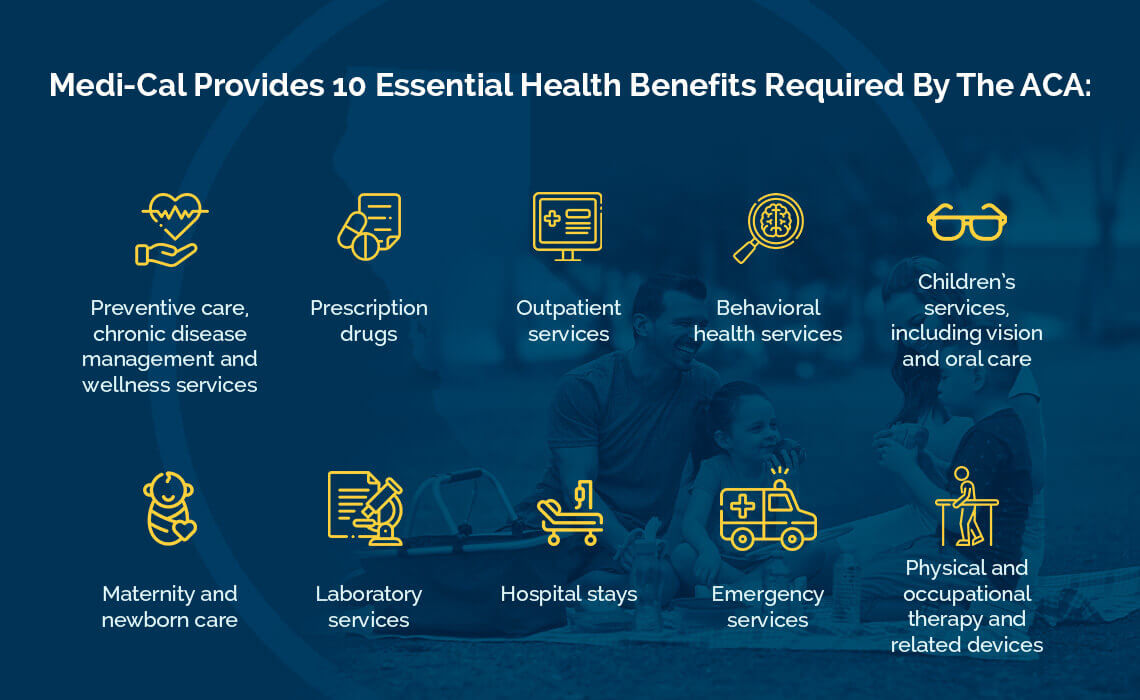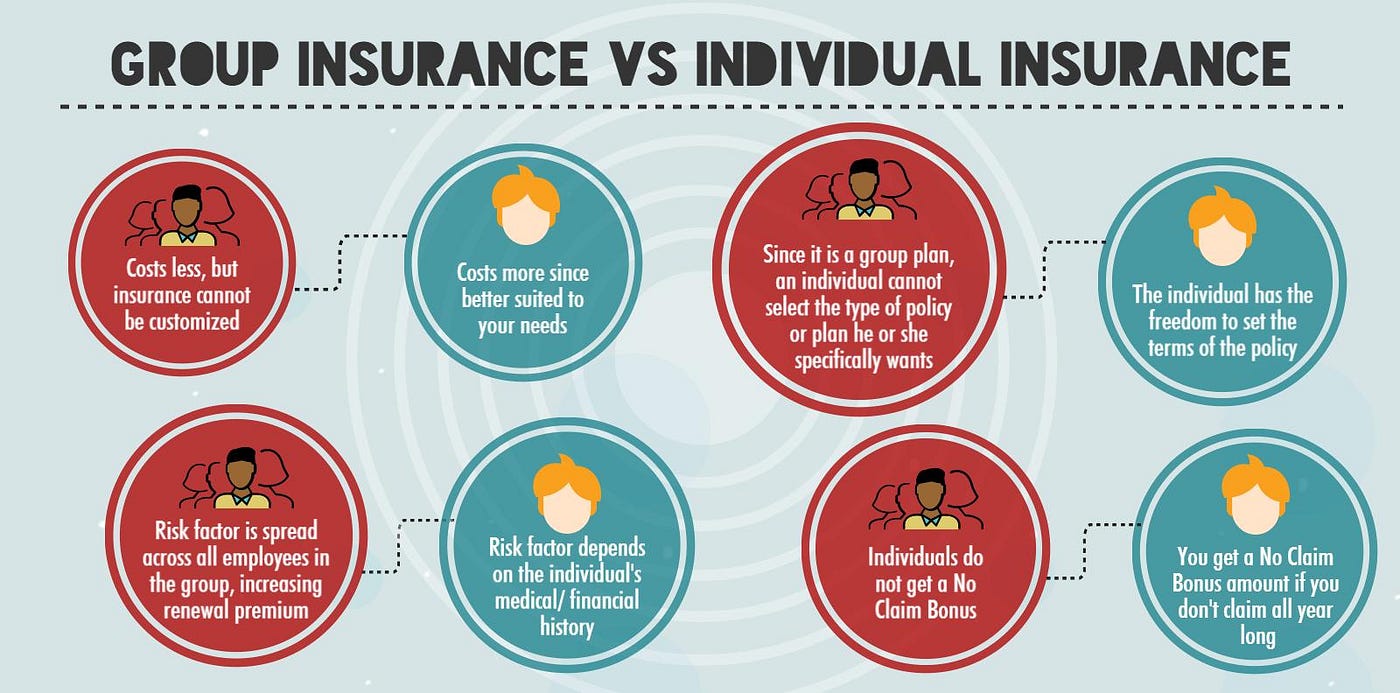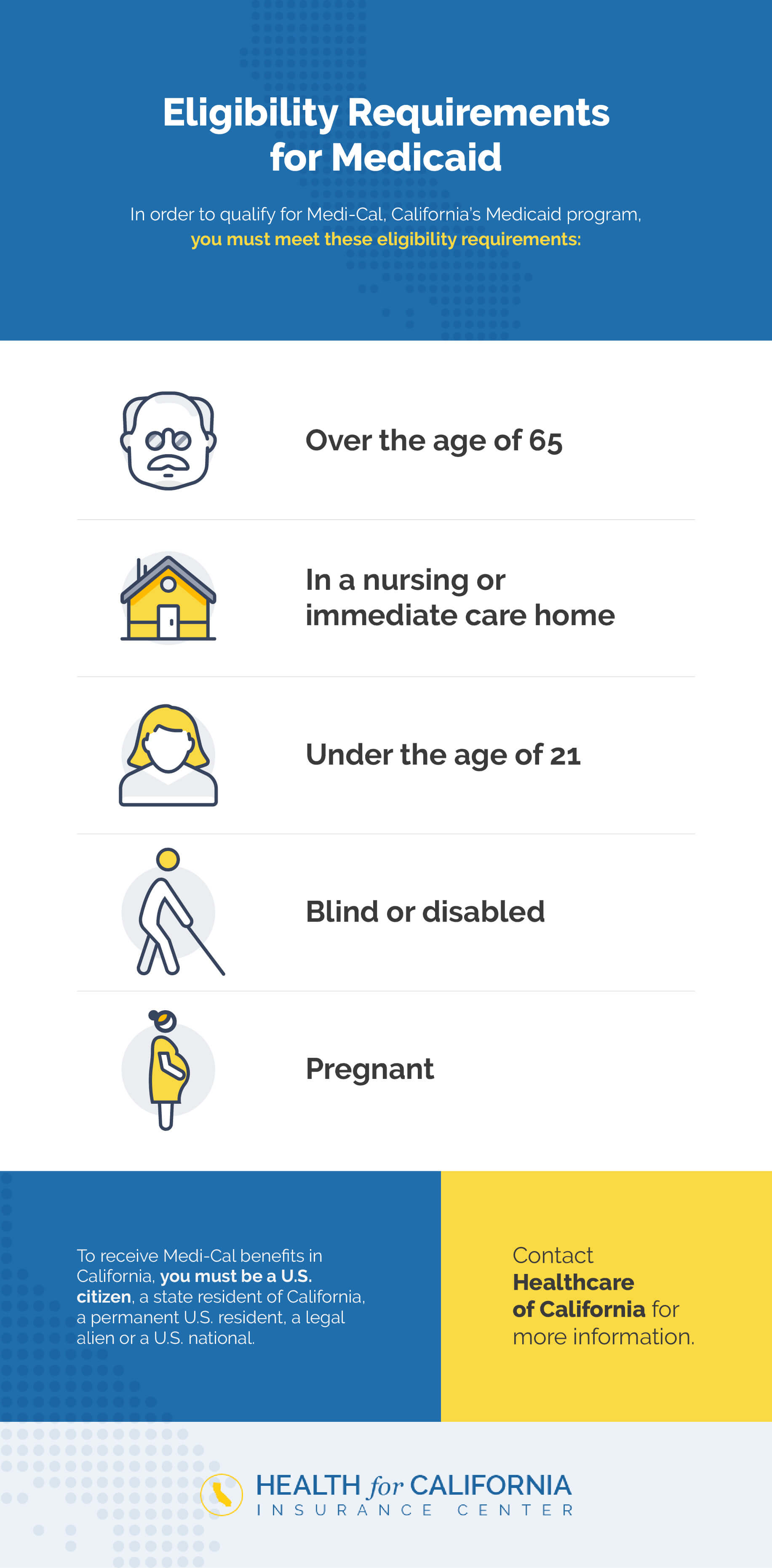How Medicare Advantage Agent can Save You Time, Stress, and Money.
Some Known Facts About Medicare Advantage Agent.
Table of ContentsHow Medicare Advantage Agent can Save You Time, Stress, and Money.Medicare Advantage Agent for BeginnersThe 3-Minute Rule for Medicare Advantage Agent


follows from adheres to the perplexing young fairly profile of account uninsured with the better healthFar better wellness average, of younger personsMore youthful For those without accessibility to work environment health insurance, inadequate health is a potential obstacle to purchasing nongroup protection since such coverage might be extremely priced, leave out preexisting conditions, or be merely unavailable. Unless otherwise noted, nationwide price quotes of people without wellness insurance policy and proportions of the population with various kinds of protection are based on the CPS, the most widely utilized source of price quotes of insurance policy coverage and uninsurance prices.

The Ultimate Guide To Medicare Advantage Agent
Over a three-year period starting early in 1993, 72 million individuals, 29 percent of the united state populace, were without protection for at the very least one month. Within a solitary year(1994), 53 million individuals experienced a minimum of a month without insurance coverage(Bennefield, 1998a). Six out of every ten without insurance adults are themselves employed. Although working does improve the likelihood that one and one's member of the family will have insurance coverage, it is not a warranty. Also participants of households with two full-time wage earners have practically a one-in-ten opportunity of being without insurance (9.1 percent without insurance price)(Hoffman and Pohl, 2000 ). The connection in between health insurance coverage and accessibility to care is well developed, as documented later on in this chapter. The connection in between health insurance and wellness outcomes is neither straight nor basic, an extensive medical and health services research literary works links health insurance policy coverage
to improved access accessibility care, better much better, and improved boosted individual population health wellnessCondition The second record, on individual health and wellness end results for without insurance grownups, is stood for by the innermost circle of the figure, while the 3rd report, on family health, encompasses the topics of the second record yet highlights a various device of analysis, namely, the family. The sixth report in the collection will provide details regarding strategies and campaigns carried out locally, statewide, or across the country to deal with the absence of insurance and its unfavorable influences. Levels of analysis for analyzing the impacts of uninsurance. This conversation of wellness insurance protection concentrates mostly on the united state populace under age 65 due to the fact that practically all Americans 65 and older have Medicare or various other public insurance coverage.
Additionally, it focuses particularly on those without any medical insurance for any size of time. The issues encountered by the underinsured remain in some respects similar to those dealt with by the uninsured, although they are typically much less severe. Uninsurance and underinsurance, nevertheless, include distinctly various plan problems, and the strategies for addressing them may vary. Throughout this research and the five records to adhere to, the main emphasis gets on persons without wellness insurance and therefore no aid in spending for healthcare past what is available with charity and security net establishments. Health insurance policy is an effective variable impacting invoice of care due to the fact that both patients and physicians respond to the out-of-pocket price of solutions. Medical insurance, nonetheless, is neither necessary neither sufficient to access to clinical solutions. Nevertheless, the independent and direct impact of health
insurance coverage on accessibility to health services is well developed. Others will acquire the health treatment they need also without medical insurance, by spending for it out of pocket or seeking it from companies who supply treatment cost-free or at extremely subsidized rates. For still others, medical insurance alone does not ensure invoice of treatment due to various other nonfinancial obstacles, such as an absence of wellness treatment service providers in their area, minimal access to transportation, illiteracy, or linguistic and social differences. Formal research about without insurance populaces in the USA dates to the late 1920s and early 1930s when the Committee on the Expense of Healthcare generated a collection of reports concerning funding physician office visits and hospitalizations. This problem ended Extra resources up being salient as the numbers of medically indigent climbed up during the Great Clinical depression. Empirical researches regularly support the web link in between accessibility to care and enhanced wellness end results(Bindman et al., 1995; Starfield, 1995 ). Having a normal resource of care can be considered a forecaster of access, instead than a direct step of it, when wellness end results are themselves utilized as access indications. This expansion of the concept of access dimension was made by the IOM Board on Checking Access to Personal Health Treatment Provider(Millman, 1993, p. Whether or not parents are insured appears to impact whether or not their kids get care along with just how much careeven if the youngsters themselves have insurance coverage(Hanson, 1998). The health of parents can impact their capability to take care of their children and the degree of family members stress. Fretting about their kids's access to care is itself a source of stress and anxiety for moms and dads. Three chapters adhere to in this record. Phase 2 gives an introduction of just how employment-based medical insurance, public programs and specific insurance coverage run and communicate to offer substantial yet incomplete protection of the united state population. This consists of a review of historic trends and public laws influencing both public and personal insurance coverage, a conversation of the interactions among the different types of insurance, and an evaluation of why people relocate from one program to an additional or finish up
